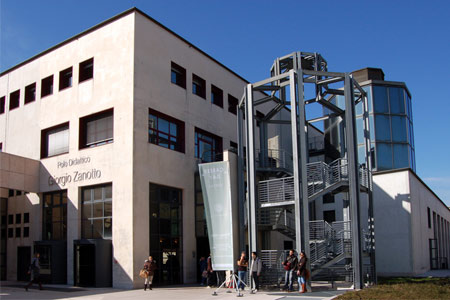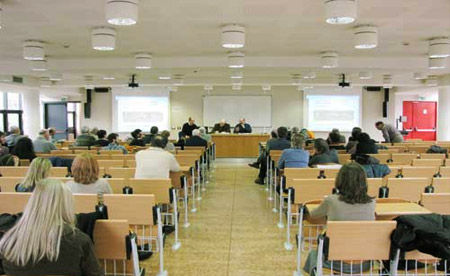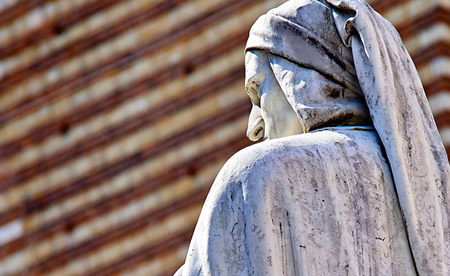Learning outcomes
The course is aimed at providing a basic knwoledge and fundamental tools for the study and research activity in the field of the ancient Near Eastern history. To this aim the lessons will propose relevant case studies, illustrate methods and goals of the analysis according to various approaches and exemplify the use and critical analysis of documentary sources and secondary literature.
The archaeological discovery of the Near East through the analysis of some major sites and vis-à-vis the European and Oriental cultural climate in various phases from the second half of the XIX cent. up to the present; intellectual and cultural premises of the archaeological research; consideration of the methodological criteria and developments of the archaeological research and of their relevance for the historical reconstruction of the past and in relation to the cultural policies of western and eastern countries. Analysis of the data concerning the excavations of Uruk, Ur, Babylon, Assur, Nineveh, Tell Halaf, Mari, Karkemish, etc. and of the architectural, monumental, iconographic, material remains especially of buildings with religious function and of data concerning the role of temples in Mesopotamian society.
Basic bibliography: M. Liverani, Immaginare Babele. Due secoli di studi sulla città orientale antica, Laterza 2013; F.M. Fales, Saccheggio in Mesopotamia, Forum 2006; R. Matthews, The Archaeology of Mesopotamia, Routledge 2003; A. Invernizzi,Dal Tigri all'Eufrate, 2007 ; K. Kaniuth - A. Lohnert - J.L. Miller - A. Otto - M. Roaf - W. Sallaberger, Tempel im Alten Orient, CDOG 7, 2013.
Methods: lectures, guided analysis of documents. Attendance is recommended; students who can not attend classes are kindly requested to contact the teacher.







